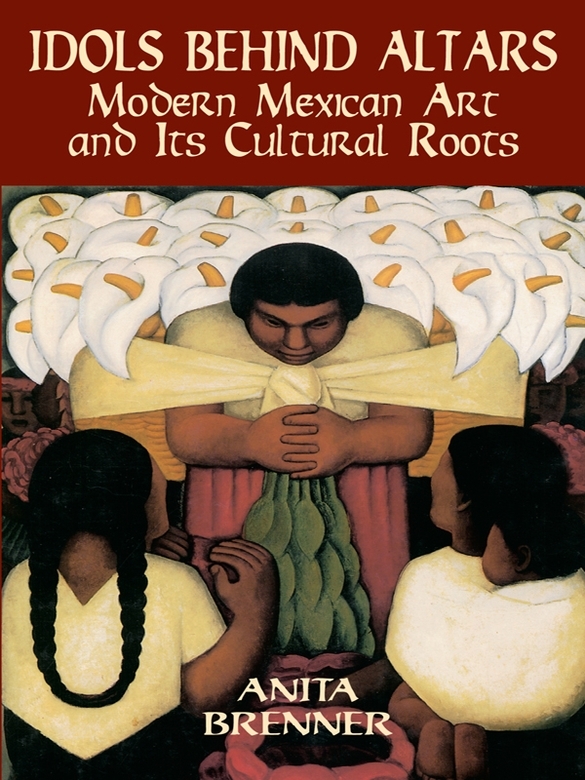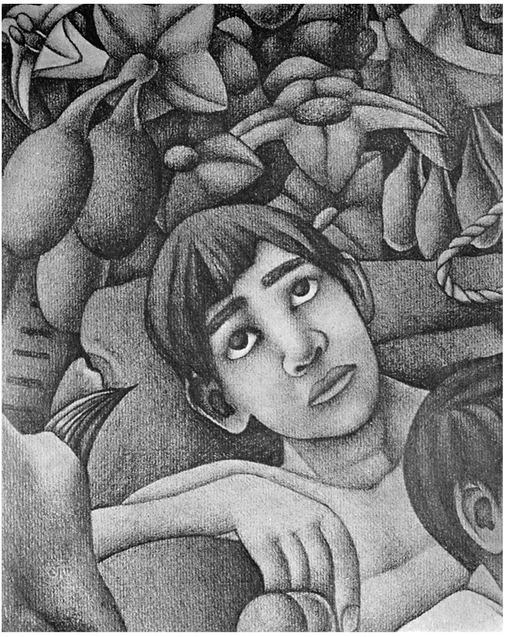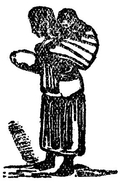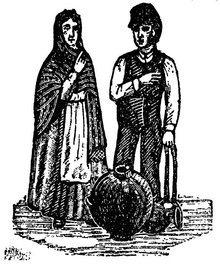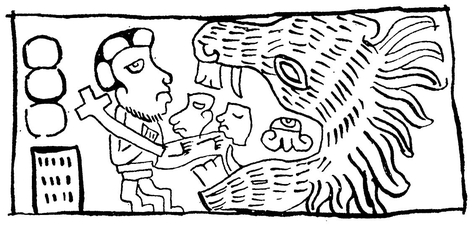Anita Brenner - Idols Behind Altars: Modern Mexican Art and Its Cultural Roots
Here you can read online Anita Brenner - Idols Behind Altars: Modern Mexican Art and Its Cultural Roots full text of the book (entire story) in english for free. Download pdf and epub, get meaning, cover and reviews about this ebook. year: 2012, publisher: Dover Publications, genre: Romance novel. Description of the work, (preface) as well as reviews are available. Best literature library LitArk.com created for fans of good reading and offers a wide selection of genres:
Romance novel
Science fiction
Adventure
Detective
Science
History
Home and family
Prose
Art
Politics
Computer
Non-fiction
Religion
Business
Children
Humor
Choose a favorite category and find really read worthwhile books. Enjoy immersion in the world of imagination, feel the emotions of the characters or learn something new for yourself, make an fascinating discovery.
- Book:Idols Behind Altars: Modern Mexican Art and Its Cultural Roots
- Author:
- Publisher:Dover Publications
- Genre:
- Year:2012
- Rating:3 / 5
- Favourites:Add to favourites
- Your mark:
Idols Behind Altars: Modern Mexican Art and Its Cultural Roots: summary, description and annotation
We offer to read an annotation, description, summary or preface (depends on what the author of the book "Idols Behind Altars: Modern Mexican Art and Its Cultural Roots" wrote himself). If you haven't found the necessary information about the book — write in the comments, we will try to find it.
Art critic, historian and journalist Anita Brenner (1905-1974) is acknowledged to be one of the most important and perceptive writers on the art, culture, and political history of Mexico. Idols Behind Altars is her influential historical and critical study of modern Mexican art and its roots. It was one of the first books to afford Mexican art the same serious considerations as European and Asian art and remains indispensable for anyone interested in the subject. The works of such major figures as Diego Rivera, Jse Clemente Orozco, David Alfaro Siqueiros, Francisco Goitia and Jean Charlot are examined in the cultural context of pre-Columbian times through the 19th century. Brenners astute analysis of Mexican history, her keen insights into revolutionary politics, and her passionate advocacy of Mexican art infuse this book with seminal importance. 117 illustrationsincluding some early photographs by Edward Westonenhance the text.
Anita Brenner: author's other books
Who wrote Idols Behind Altars: Modern Mexican Art and Its Cultural Roots? Find out the surname, the name of the author of the book and a list of all author's works by series.


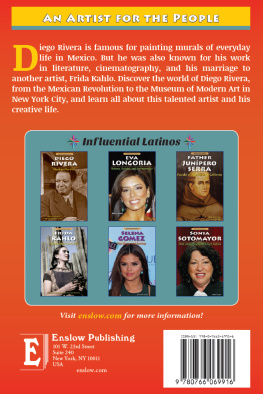


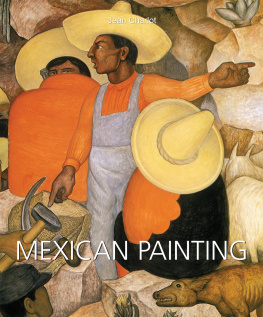

![Avery Moore - Mexican Cookbook 365: Tasting Mexican Cuisine Right In Your Little Kitchen! (Best Mexican Cookbook, Mexican Dessert Cookbook, Slow Cooker Mexican Cookbook, Mexican Salsa Cookbook) [Book 1]](/uploads/posts/book/288399/thumbs/avery-moore-mexican-cookbook-365-tasting-mexican.jpg)
